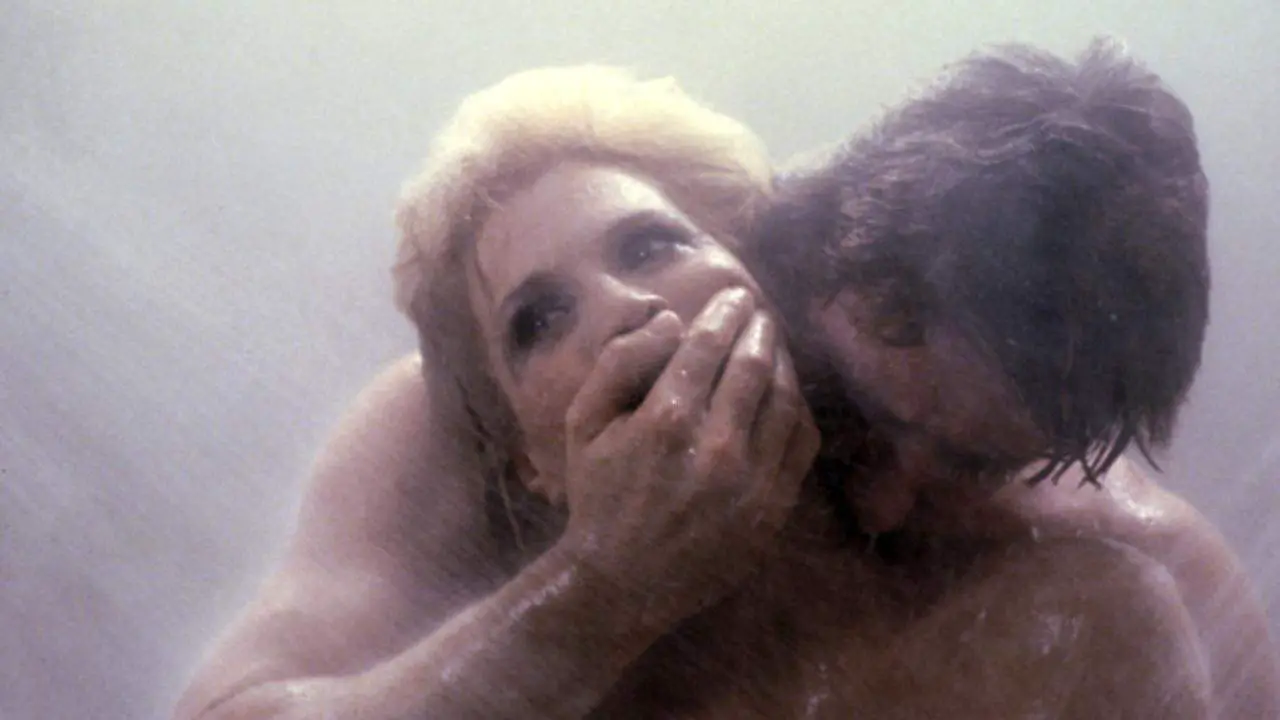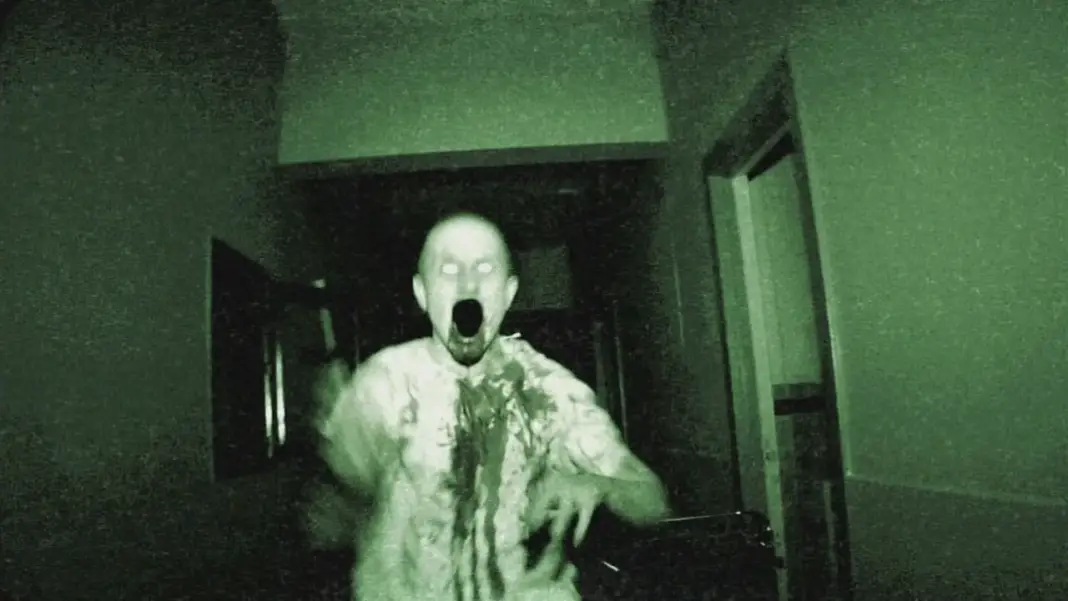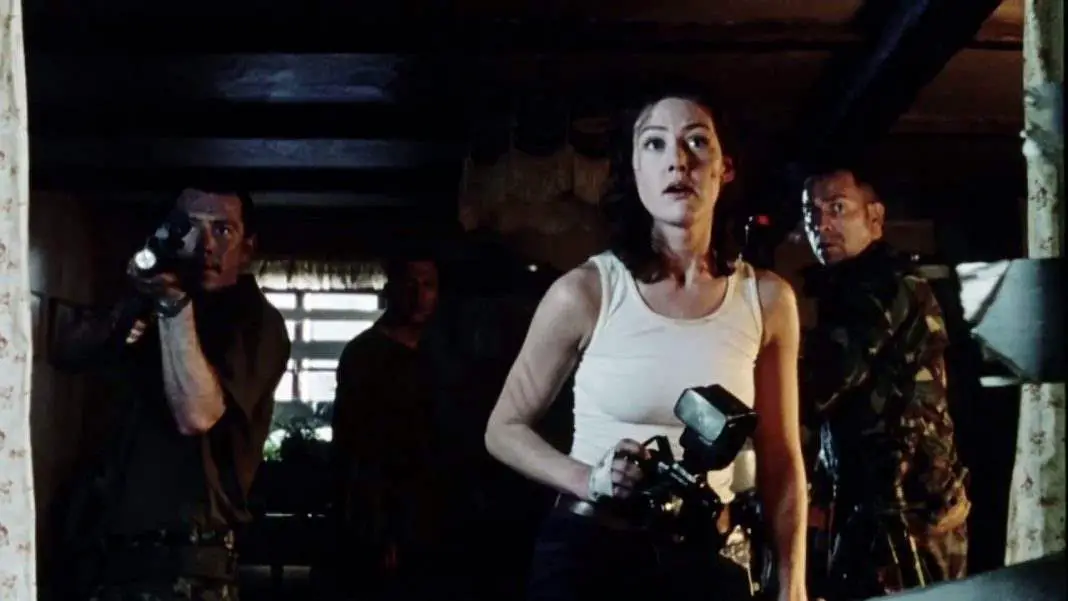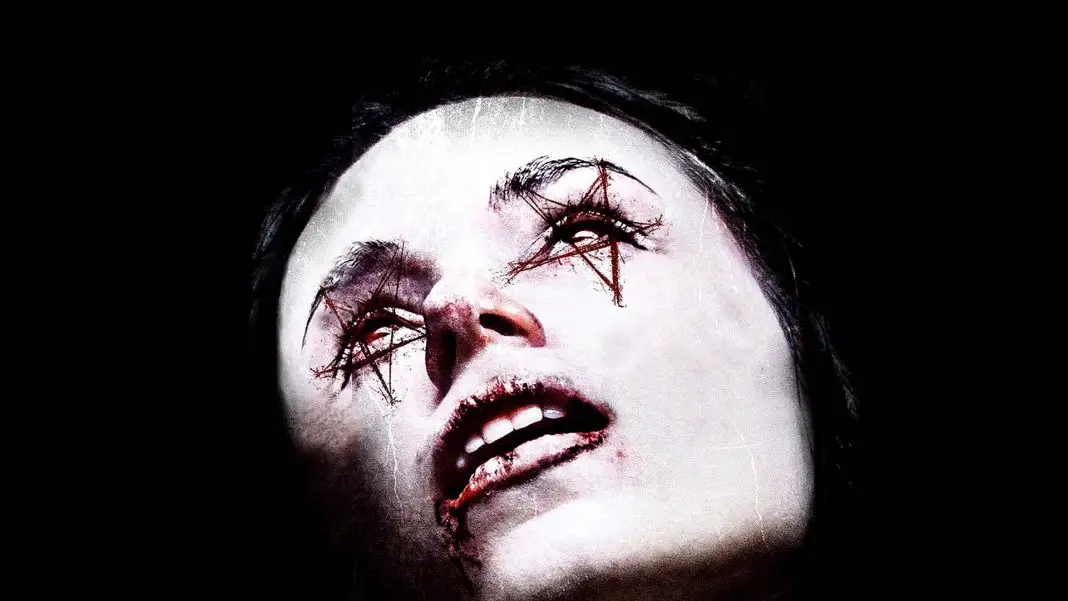Welcome to Back to the ’80s. This recurring feature aims to take a look at the good, the bad, and the ugly from horror’s most beloved decade. Regardless of which category a particular film falls under, this segment will spotlight films that horror fans can appreciate for one reason or another. We will look at how some of these flicks have stood the test of time and others have not aged quite so well. Regardless of what they look like today, these efforts from the 1980s laid the groundwork for the horror genre as we know it today.
Brian De Palma takes a stab at the slasher genre with this 1980 film about two women exploring their separate senses of sexuality while being pursued by a person with a straight razor. Coming right off the heels of other slasher films such as Halloween and Friday the 13th, De Palma’s Dressed to Kill is a stylish thriller that pays homage to the contemporary films of its time as well the works of Hitchcock. De Palma is not afraid to take the ideas of filmmakers before him and then use a very specific style in order to tell his own version of the story. While very obviously influenced by the themes of Psycho, he also picks up on what is fresh at the time in terms of what a 1980s slasher audience would want to see on the screen. However, he does not condescend to a presumed audience of teenagers and instead makes a film that adults would very much find appealing.
Similar to the start of his acclaimed adaptation of Carrie, De Palma’s Dressed to Kill begins with the camera panning in to show a woman in the shower. In both cases, this is used to demonstrate the vulnerability one has when fully exposed. Like Carrie White, Kate Miller (Angie Dickinson) enjoys the sensuality and calm that occurs from cleaning away one’s sin. De Palma is known for taking his time in letting a scene unfold. This works to bring about a sense of unease for the viewer. The shower continues on for an uncomfortably long time and then is abruptly interrupted by a tense reversal of the serenity displayed seconds before. This is one of the many references De Palma makes to Hitchcock. This feature borrows many ideas from Psycho, in particular, and the vulnerability of being in the shower is only one. Other themes deal with identifying as transgender, psychosis, and misdirection as to whom the story is really following.

The other two leads from the film are Michael Caine and Nancy Allen. They play two characters both trying to catch a stalker. Caine is Kate’s psychiatrist, Dr. Robert Elliot. As Kate’s therapist, Elliot is being tormented by a previous patient. The patient is hoping for a sex change operation, however Elliot’s denial of this operation has put him and his patients in danger. Allen plays Liz Blake, a high end call girl with a mind for the stock market. Liz finds herself in the wrong place at the wrong time. She is pressured by Detective Marino (Dennis Franz) to help catch a killer or else she will be held responsible for a crime she did not commit.
What works well for the film is the way De Palma directs the suspense. In order to merge two ideas together at the same time, the director chooses to make use of split screen. A style that is well known to De Palma, he used this technique in films such as Carrie and Sisters. While not the first to employ such a device, the split screen has become a staple of his work. It works as a way to transition from one idea to another while at the same it keeps the story moving along.
Another sense of De Palma’s style occurs with his use of long, sweeping camera shots. This achieves a way to add in nuance and detail that one might miss the first time viewing the film or if they do catch it will send a shiver through the audience’s spine. One such occurrence is during and after Kate visits a museum. The camera has been playing a long game of cat and mouse in the museum and then as she leaves, she is shown looking off into the distance. The camera follows her gaze and for one second the stalker is clearly shown watching her. Another occurs in the subway with Liz. As she looks over at a policeman, the stalker is observed in the background staring down at her. The camera then pans from the policeman back to Liz and the stalker has disappeared.
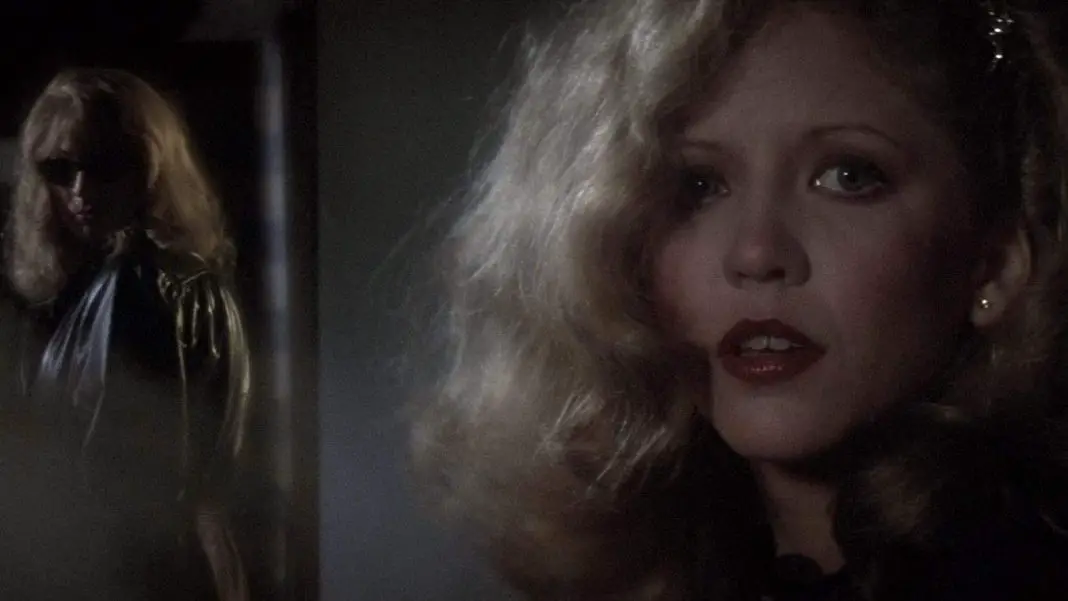 The main theme from the film is the duplicity of human nature. Kate Miller struggles to be a “good housewife” while fighting the temptation to have an affair. Liz Blake first appears to be a business woman then a down-on-her-luck call girl. She is still the same person in both identities yet at first glance there would seem to be a stereotypical conflict. Instead, the argument becomes that she needs both sides of her personality in order to solve the mystery surrounding her. The use of mirrors is executed to show how each person has two sides to his or her personality.
The main theme from the film is the duplicity of human nature. Kate Miller struggles to be a “good housewife” while fighting the temptation to have an affair. Liz Blake first appears to be a business woman then a down-on-her-luck call girl. She is still the same person in both identities yet at first glance there would seem to be a stereotypical conflict. Instead, the argument becomes that she needs both sides of her personality in order to solve the mystery surrounding her. The use of mirrors is executed to show how each person has two sides to his or her personality.
Ultimately, a stalker is manifested from all the duplicity that could be either male or female. Considering the time frame in which this feature was released, De Palma handles the idea of being transgender with surprising intelligence. On the surface, making the potential killer someone that identifies as transgender would appear problematic. However, in addition to providing the audience with scientific facts and knowledge, De Palma makes a clear statement regarding psychosis and the transgender community. The main suspect is a person that wants sexual reassignment surgery and is rejected by Dr. Elliot because of psychological problems. Thus projecting that psychosis and being transgender are incompatible instead of being related as some audience members of the time may have otherwise believed.
Dressed to Kill is not a remake, yet it pays direct homage to films like Psycho or a POV slasher such as Black Christmas or Halloween. This movie from 1980 follows a formula that has already been established and then remains tethered to a specific style that makes everything appear fresh. De Palma’s classic is arguably the kind of film that fulfills what is missing from most remakes. A remake takes a previous entity and tries to either duplicate it or modernize the story. By using earlier ideas and making them very much his own, the elements most people want to see in a remake is what De Palma accomplishes. Dressed to Kill has a much different plot than Psycho, however the themes of Hitchcock’s cinematic masterpiece are present on many levels. The denouement is even set up in the same exact manner. Adding in his own flavor, De Palma also recognizes what is current at the time. There is a sequence toward the climax that virtually mirrors the POV opening shot of Halloween. Then it changes course in the style of this director for a very different outcome. Where many remakes or reboots fail is by losing the essence of their original source material. Dressed to Kill not only stays true to the essence of these earlier films, but manages to find new ways to tell the same story.

